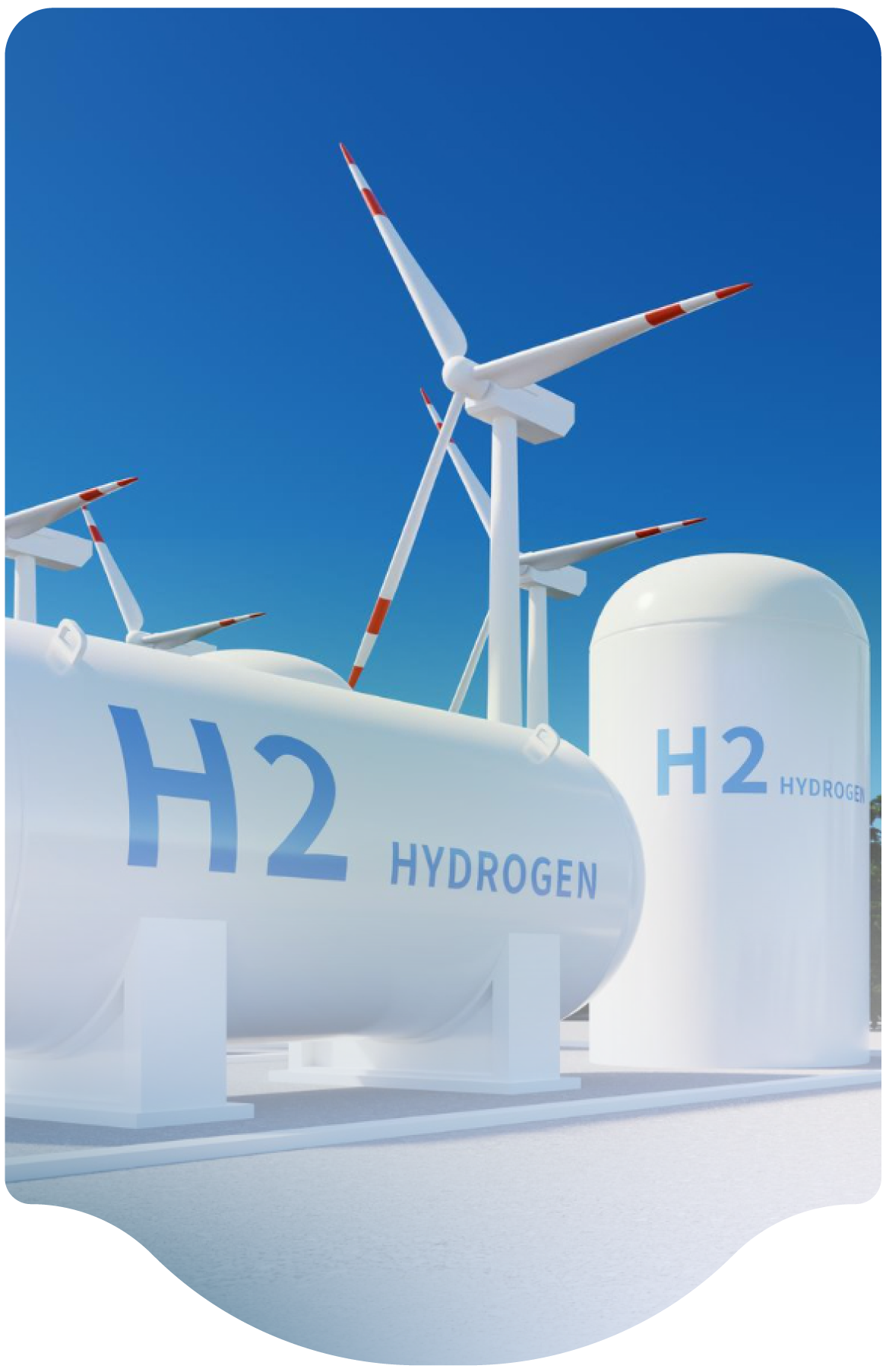- Home
-
Resources
- Center for Hydrogen Safety
- Hydrogen Fuel Cell Codes and Standards
- Learnings & Guidance
- Paper & References
- Web-based Toolkits
- Workforce Development

- Contact
- About H2Tools
- Welcome to the Hydrogen Tools Portal
- helpdesk@h2tools.org
FAQ
Frequently Asked Questions
Question & Answer
Category
Fueling Stations, Hazards Analysis, Piping
Category
Fueling Stations, Hazards Analysis, Piping
- 45 results found
- Clear All
The HSP is not familiar with this particular fitting or its potential application in H2 service but can offer engineering judgment. Many similar compression-type swaged fittings are used in H2 service. These fittings must be used within the manufacturer recommendations for pressure, temperature, and fluid service. Deformation is also introduced into stainless steel tubing in other ways, such…
Category: Piping
Keywords: Piping, Fitting, Lokring Technology, Material Selection
The Panel considers two approaches to be acceptable.
- Stainless steel (corrosion resistant) lines embedded in concrete. This keeps the piping out of direct contact with the earth and provides a degree of physical protection from activities such as digging.
- Lines enclosed within a PVC sleeve. The PVC sleeve would usually be directly buried but could also be embedded in…
Category: Piping
Keywords: Piping, Underground, Corrosion, Physical Protection
If liquid hydrogen usage is sufficiently high at the fueling station, there may be no need to vent any boiloff generated from the LH2 storage tank. Boil-off gas should be minimized through system design, but where needed, the boil-off hydrogen along with any other hydrogen released must be vented through a local vent stack which is constructed to safely vent the hydrogen in accordance with CGA…
Category: Fueling Stations
Keywords: Fueling Station, Boil-off Gas, Venting
Double pipes can be used in certain circumstances to reduce the likelihood of external leaks and increase
the likelihood of detection by monitoring the space between the two pipes. Vacuum jacketed piping is
double walled and is used in liquid hydrogen service to provide insulation. While not equipped with gas
detection in the annular space, loss of vacuum is used to indicate an…
Category: Piping
Keywords: Double Pipes, Leak Detection, Vacuum Jacketed Piping
The primary safety standards for applicable to this piping in the U.S. are ASME B31.3, B31.12, and NFPA 2. The editions used should be those adopted by the local jurisdiction. Design of an LH2 piping system should always be conducted and reviewed by engineers experienced in cryogenic piping design. The equipment should also be installed per NFPA 2 and NFPA 55. IT is recommended that the piping…
Category: Piping
In the U.S., liquid hydrogen fueling stations and dispensing equipment are addressed within NFPA 2, Chapter 11. Dispensing is covered within Section 11.3. When liquefied hydrogen is used as the supply for high pressure gaseous fueling, then Chapter 10 of NFPA 2 would apply.
ISO standards are also being developed for global LH2 fueling protocols.
Category: Fueling Stations
Keywords: Fueling Station, FC Vehicles, Dispensing, Charging
Flammable hydrogen releases can result in deflagration and transition to a detonation. Whether the
deflagration transitions to a detonation depends on numerous parameters such as cloud size, hydrogen
concentration, confinement, and congestion. Releases into confined or congested areas are more
susceptible to generating significant deflagration over-pressures and more likely to…
Category: Hazards Analysis
Keywords: Detonation, Deflagration, Flammable Clouds
There are numerous models that can be used to assess the consequence and risk of leaks and releases.
One such model is HYRAM which is publicly available from Sandia and the US DOE.
Category: Hazards Analysis
Keywords: Leak, Simulation Models, HYRAM, Risk Assessment
Emergency response procedures must be developed for each system based on its design. The
procedures generally include steps to clear personnel from the immediate area, isolate the hydrogen,
shut down the equipment, contact local responders, and protect surrounding equipment/structures until
the hazard is mitigated or the incident is over.
Category: Hazards Analysis
Keywords: Emergency Response
We are professional and reliable provider since we offer customers the most powerful and beautiful themes. Besides, we always catch the latest technology and adapt to follow world’s new trends to deliver the best themes to the market.
Contact info
We are the leaders in the building industries and factories. We're word wide. We never give up on the challenges.
- 2 Queen Street,California, USA
- (+84) 04 123 456
- :Helpdesk@h2tools.org
